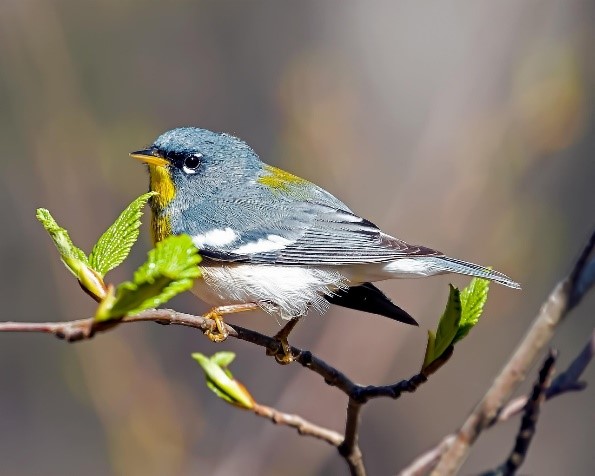
1. The bird species I consciously observed (and tried to catch, sorry) as a small boy was the Common Starling. One of the birds that triggered my listing (and made a birder out of a birdwatcher) was the Blue Waxbill, also called southern blue waxbill, blue-breasted waxbill, southern cordon-bleu, blue-cheeked cordon-bleu, blue-breasted cordon-bleu, Angola cordon-bleu, and Uraeginthus angolensis. Seeing and naming the completely new bird based on the guidebook was exciting. I still think it’s a pretty bird, although it is incredibly common, fortunately (Peter Penning).
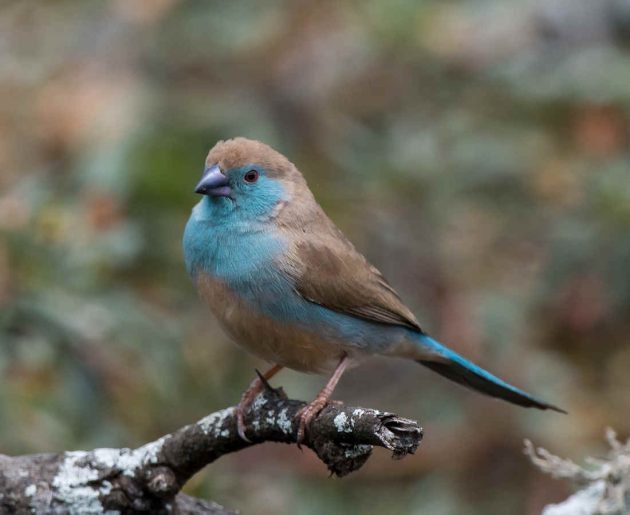
2. When I was a kid, I was fascinated by the red bird in our backyard. I loved its colour, crest, and cute, black mask. Its whistled song was pretty, too. It was the first bird song that I learned. I finally looked it up in a Peterson bird guide. It was a Northern Cardinal. This bird was originally from the southern US, but climate change and bird feeders brought it north to us. I still love seeing this bird. Its whistled song in February heralds the arrival of spring for me (Leslie Kinrys).
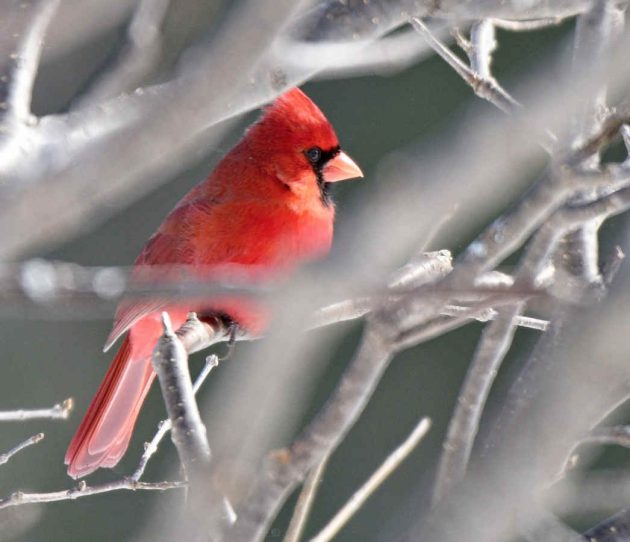
3. I saw my spark bird just after finishing college. My parents had gifted me a point-and-shoot camera for graduation, and it had a wonderful zoom function. Suddenly, I could take more than just landscape shots of the world around me, but what to photograph? Birds were the obvious choice. My mother had been an active birder before my siblings and I were born, and she taught us the more obvious birds around our home in Maine – Common Loons, Northern Cardinals, White-throated Sparrows, and American Robins.
But that particular day, walking along a rural dirt road with Mom, I saw movement in a newly leafed-out tree above my head. Point, zoom, click – I had the photograph on my screen. It was a bird all right – but not like any bird I’d ever seen. Its back looked deep blue, but its throat shone in deep yellow and orange hues. How had I lived in Maine all my life and never known such a creature existed right alongside me? My mom looked at the photo and helped me make an identification – a Northern Parula.
After that, I continually took pictures of birds, first in Maine and then in my new home in Washington, DC. I sussed out the bird IDs on my own until Christmas, when Mom gave me a Sibley bird guide. I’ve birded nearly every day since. I now live in North Florida, and hear Northern Parulas all spring and summer. They are my spark birds!

4. It’s hard for me to decide on my “spark bird”, but here is my explanation. I took Biology of Birds as a college course to tick off a requirement towards my Bachelor’s degree. After being handed the midterm, I looked at the first question, “How does a Dark-eyed Junco fly?”. I was perplexed. Not only did I not know what a Dark-eyed Junco was, although I would go on to learn it is a reasonably common bird where I live in Oregon, but I had no idea how flies. It seemed like I wasted the entire test time looking at the question, so I quickly wrote “it jumps and then flaps” before moving on to the rest of the midterm. My utter lack of knowledge inspired me to give more effort in the course, so my then-boyfriend, now-husband, bought me a cheap pair of REI binoculars and we started to “study” for the course. When retelling this story, I joke about how this course ruined my life.
So, I am not entirely sure that counts as a spark bird. However, a few semesters after this ill-fated course, I found myself in a wetland on a group project for wetland ecology. A blackbird with red wings flew by, and a classmate asked, “What is that bird?”. I surprised myself by saying, “That’s a Red-winged Blackbird”. He said, “You made that up.” That was the first bird that I ever IDed (Hannah Buschert).
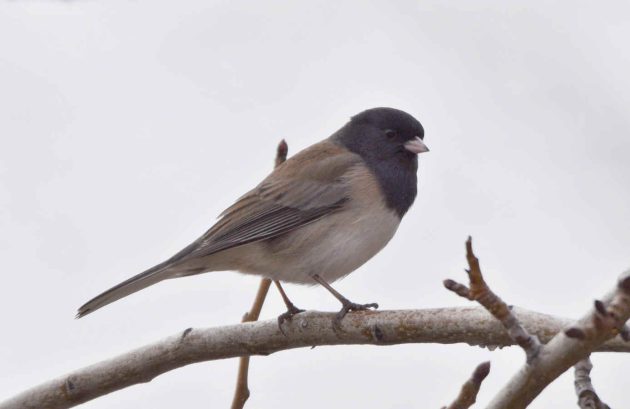
5. Instinctive contrarian that I probably am, I am not even sure I believe in spark birds, at least for myself. But on one of the first few walks I took in my Shanghai neighborhood, specifically looking for birds, I encountered a male Daurian Redstart and then circled around it for a quarter of an hour. It is a fairly common bird in Shanghai in winter, but I feel lucky I still am compelled to watch and photograph it whenever I see it (Kai Pflug).
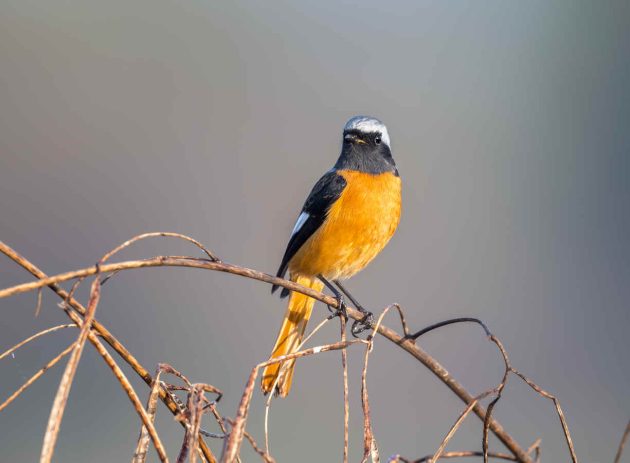
6. To name my spark bird is not such an easy task. I’ve been calling myself a birder since I was around 11 years old, and that’s a rather long time ago. The event that defined the “birder me” was a trip to southern France with other kids, organized by the German bird conservation society (now NABU). But why did my parents send me on this trip, and not to some sports camp? Well, because I was always interested in animals, and birds were always the most obvious and accessible animals to see in the wild – so this trip was not the spark itself but rather the result of an earlier spark. Therefore, it would seem I never had a spark bird in the stricter sense, I just grew into the hobby, from watching finches at our feeders to marvelling at waterfowl along the river Rhine. To define my sparkbird, I therefore need to go back all the way to my very first memory of actively looking at a bird – noticing it, looking at it, and appreciating its effect on me. What was my first “lifer”, the first ever bird on my list? Well, happily, I remember that very well: I must have been around 5 or 6 years old when my mom would drive with me and my sister from south-western Germany all across France to the southern coast of Brittany. We would spend the summer holidays there, probably two weeks? I can’t remember. Of course, being an inland kid on holidays by the sea, everything revolved around the beach, bathing, and building sand castles. But of course, we would also regularly visit the small fishing village nearby to go shopping for groceries. And it was on one of these trips that I would meet my lifelong passion: I clearly remember looking around the harbour while my mom was busy with something else, and there was a fine adult Herring Gull sitting on a bollard just a few metres away. I looked at it – and even 50 years later, the memory is rather clear – and its deep and fascinating beauty struck me. I was fascinated by the smooth shades of grey contrasting with the brilliant and immaculately white body, and the vibrant yellow bill with a red dot. That’s when the spark flew (Jochen Roeder).
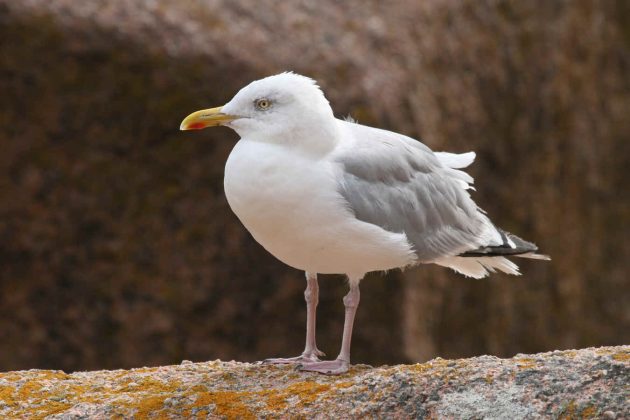
7. I must have been born with an interest in birds – a bird gene? – as I can never remember not being fascinated by them. I can, however, recall a couple of early catalysts that helped inspire me. The first was when a pair of Blackbirds decided to nest in bean poles propped up on the side of our house. I wanted to know more. My mother gave me five shillings, and I rode my bicycle to the local shop (about a mile away) where I bought a copy of The Observer’s Book of Birds. It’s worth mentioning that I was only five years old: the fact that I was allowed to ride my bike to the shop seems remarkable today. I loved the Observers’ Book, and soon knew every bird in it.
The second catalyst took place shortly afterwards. A Green Woodpecker had landed on my neighbours’ lawn, where it was busy anting. Knowing of my interest in birds, my neighbours, Mr and Mrs Russell, invited me round to see the woodpecker, which we watched from their kitchen window. Big and handsome, with a striking red head and green back, it was an impressive bird. I was thrilled. Not long afterwards, I was given my first binoculars, a pair of ex-World War II 8×30, and my birding journey had begun. It continues to this day (David Tomlinson).
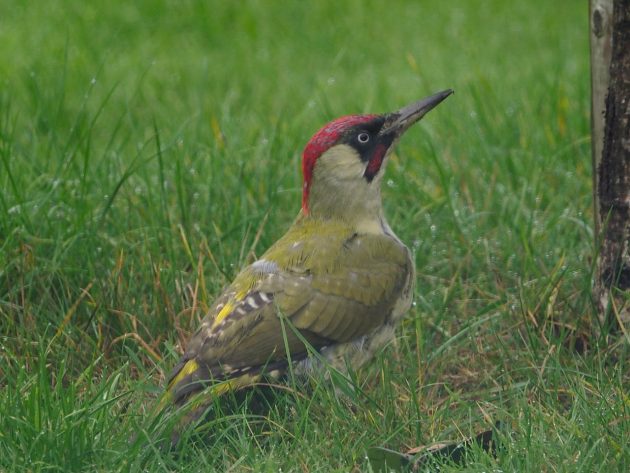


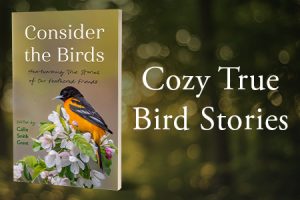

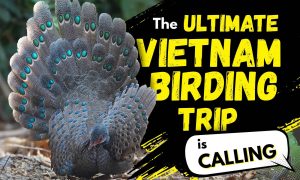
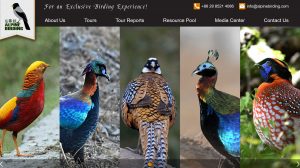
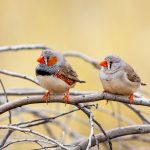
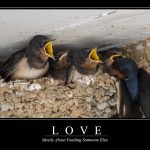

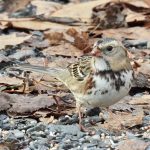
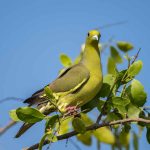
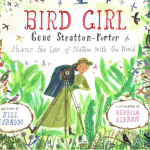
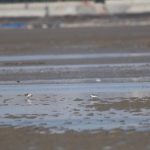
Kai, I never tire of seeing and listening to the Daurian Redstart, and like you always try and capture more photos even though I have plenty. I guess this is my spark bird also!
I love David Tomlinson’s tale of the woodpecker. We, too, had this bird pecking away on our Hertfordshire lawn, much enjoyed by all the family.